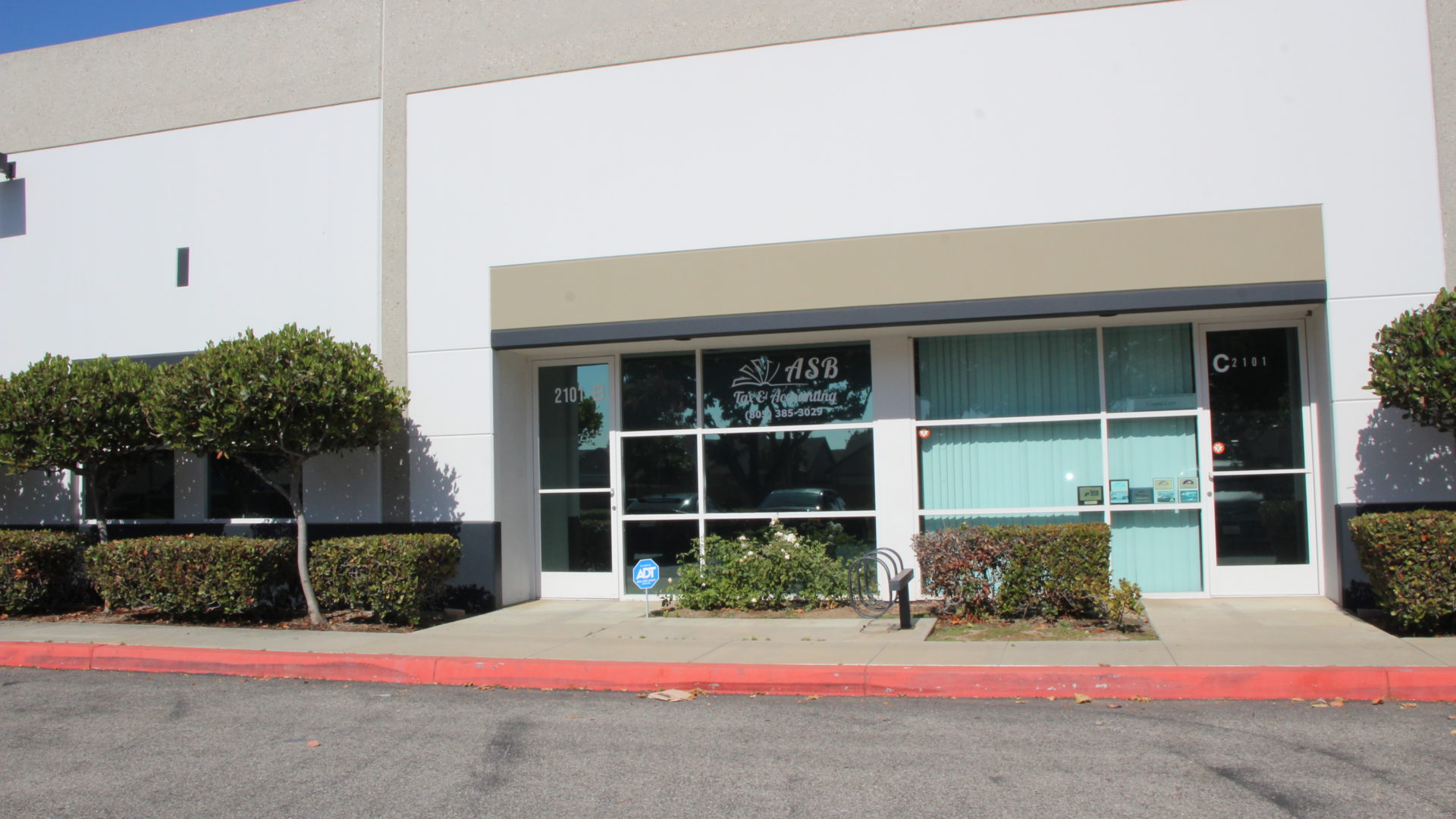Strategies for managing the costs of a family business
Running a family business can be a rewarding experience, but it also presents unique challenges, especially when it comes to managing costs. As the business grows, it is critical to implement effective strategies to keep expenses under control and ensure long-term financial sustainability.
One of the first strategies for managing costs in a family business is to keep detailed records of all expenses. This includes both fixed expenses, such as rent and salaries, and variable expenses, such as supplies and advertising. Having a clear view of where money is being spent allows you to identify areas where adjustments or cuts can be made.
It is also essential to create a monthly or annual budget that sets clear limits for each spending category. A well-crafted budget not only helps control costs, but also allows you to better plan for the future, ensuring that the family business is prepared to face any financial eventuality.
Negotiating with suppliers is another key strategy for reducing costs in a family business. Building strong relationships with suppliers can lead to better payment terms, volume discounts, or even exclusive deals that reduce overall costs. Comparing prices across different suppliers can also reveal opportunities to save without sacrificing quality.
Optimizing operational processes is another effective way to manage costs. Continually reviewing and improving the efficiency of operations can lead to significant cost reductions. This could include implementing technology to automate repetitive tasks, training staff to be more productive, or reorganizing the supply chain to reduce delivery times and transportation costs.
Another critical area for cost management in a family business is inventory management. Maintaining a proper balance between having enough stock to meet demand and avoiding excess inventory that can lead to additional costs is essential. Adopting an efficient inventory management system can help monitor stock in real time, reduce waste, and optimize purchasing.
It is important to involve all family members in financial decision-making. Transparency in the management of the family business and collaboration in finding solutions to reduce costs can create a sense of shared responsibility and motivate everyone to contribute to the success of the business.
Long-term planning is vital to the financial stability of a family business . This includes creating an emergency fund to cover unexpected expenses and reinvesting profits into key areas of the business, such as innovation and the development of new products or services.
Managing the costs of a family business requires a combination of financial control, process optimization, and strategic management. Implementing these strategies will not only help keep the business healthy, but will also set the stage for sustainable and successful growth in the future.

